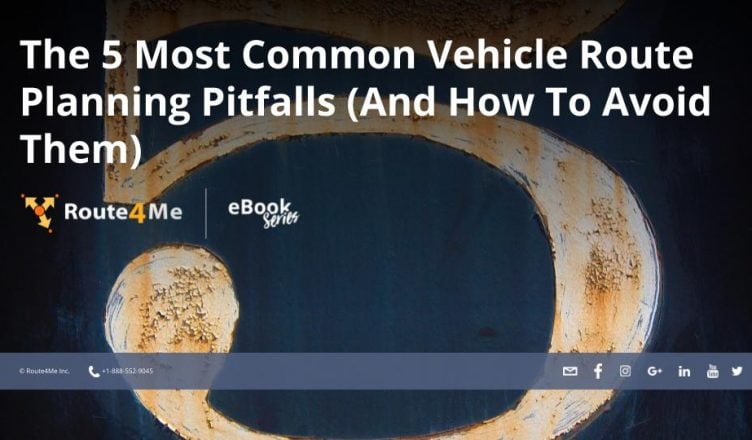Manual vehicle route planning is far from perfect. Planning routes manually, as opposed to using route planning software, is a mistake. It’ll make your employees less efficient and upset your customers.
Specifically, here are five reasons why manual vehicle route planning is bad for business:
#1: It Takes A Long Time
Planning routes manually is quite time-consuming. There’s more to it than just figuring out which roads your drivers must take to get to your customers – you also need to account for traffic, construction, weather, customer availability, and other factors.
#2: The Results Aren’t Always Accurate
After all that time and effort spent manually planning routes, there’s no guarantee that the routes you come up with are efficient or even accurate. Inefficient routes will waste time. Inaccurate routes will lead to your drivers getting lost, which wastes even more time.
#3: Higher Fuel Expenses
Inefficient/inaccurate routes don’t just waste time – they waste gas, too. The more efficient your route is, the less you’ll need to spend on gas to visit all your customers.
#4: Legal Trouble
Deciding to plan your routes manually might also get you slapped with a lawsuit. If your routes are inefficient, your drivers might need to speed to make it to all their stops on time. Driving recklessly like that puts them at much greater risk of getting into an accident. Your driver being at fault in a collision means you could face some serious (and expensive) legal consequences.
#5: No Oversight
Here’s another thing wrong with planning routes without software – there’s no way to track your drivers. You see, workers of all kinds tend to slack off a bit when they’re unsupervised, and drivers are almost always unsupervised. They might be stopping for snacks or even running personal errands while they’re on the clock. You can’t see them, so how do you know?
